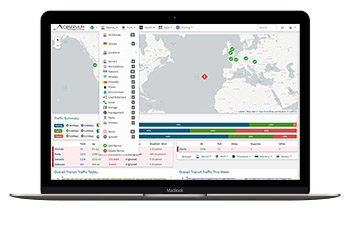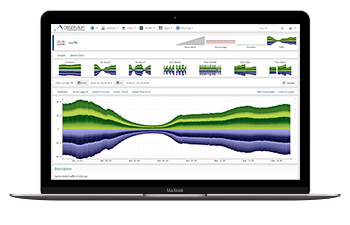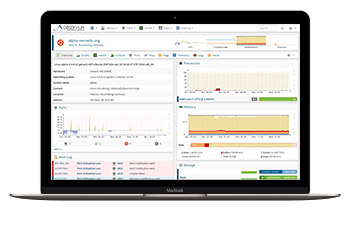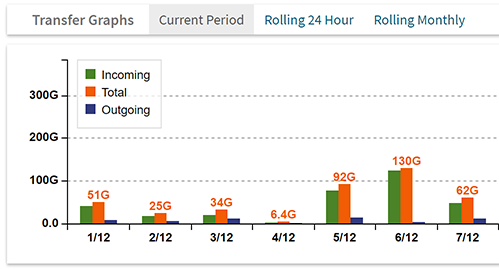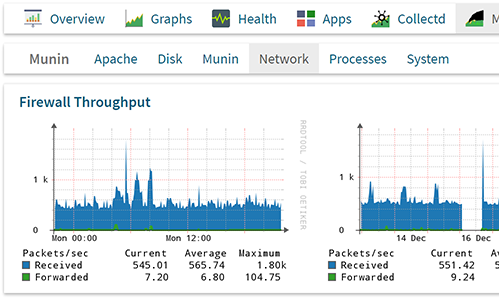Observium is a network monitoring and management platform that provides real-time insight into network health and performance. It can automatically discover network devices and services, collect performance metrics, and generate alerts when problems are detected.
Observium includes a web-based interface that allows users to view network status and performance metrics in real time, as well as historical data. It is designed to be easy to use and maintain, with a focus on providing the information that network administrators need to quickly identify and resolve issues
Observium supports a wide range of device types, platforms and operating systems including Cisco, Windows, Linux, HP, Juniper, Dell, FreeBSD, Brocade, Netscaler, NetApp and many more.
Professionally developed and maintained by a team of experienced network engineers and systems administrators, Observium is a platform designed and built by its users.

